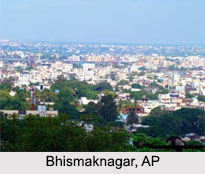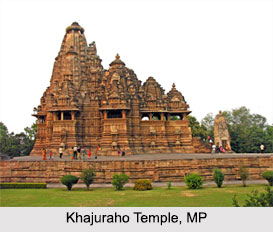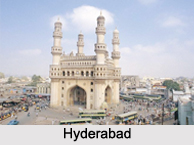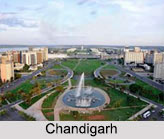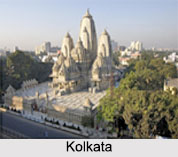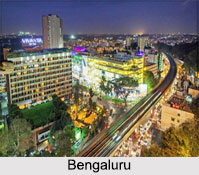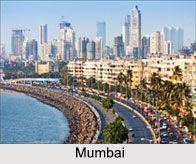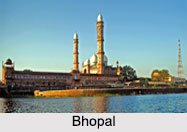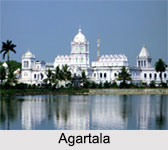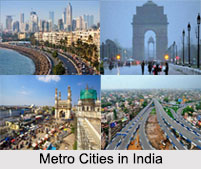Orathanad is located in Thanjavur district in the Indian state of Tamil Nadu. It is one of the eight talukas of the district and is also known as Muthambapuram. The cities of Thanjavur and Pattukkottai are located on either side of the town. It is situated at an average elevation of 2 m. Kaveri River lies on the southern side of the town.
History of Orathanad
According to history the town remained as a part of the Maratha Empire from 1674 until 1820. It is said that Queen Muthambaal sacrificed her life to recover treasure from a pond. With that treasure the king constructed more the than 40 "Anna Sathira" in Orathanadu taluk.
Demography of Orathanad
According to the census report of 2011 Orathanad had a total population of 10172 of which 4993 are males and 5179 females. The average literacy rate is 82% that is higher than the national literacy rate. Most of the people residing in the town are Tamilians. Besides them, a huge population of Telugu speaking people along with Saurashtrians and Thanjavur Marathi people reside here.
Tourist Places in Orathanad
The town has several tourist spots as well as pilgrimage centres to visit. A temple dedicated to Lord Shiva is located in Orathanad. The principal deities of the temple are Kasi Visalakshi Amman and Kasi Viswanathar. Valmekinathar and Periyanayaki Amman temples are the other temples built here. An ancient building constructed in the shape of a chariot can be seen here. It has been named after Muktambal. She was one of the queens of Serfoji II. Several religious sculptures made of stucco and wood are displayed here. Another eight storied miniature fortress, Manora is also located near Orathanadu.
Educational Institutions in Orathanad
There are several schools and colleges established in Orathanad. Some of the important schools here are Government Girls Higher Secondary School, St. Mary`s Middle School, Government Boys Higher Secondary School, Little Rose Matriculation School, Government Higher Secondary School, Nalanda Matriculation School and others. Some of the colleges located here are Government College of Education, Dharmambal Arts and Science College, Bharathidasan University Women`s College and others.
Orathanad is well connected to all modes of transport. From Thanjavur and Pattukkottai it takes almost 45 minutes by bus. Direct buses are also available to Coimbatore and Chennai. The town of Kulamangalam nearest to Neyvasal is 10 kilometres north of Orathanad.
